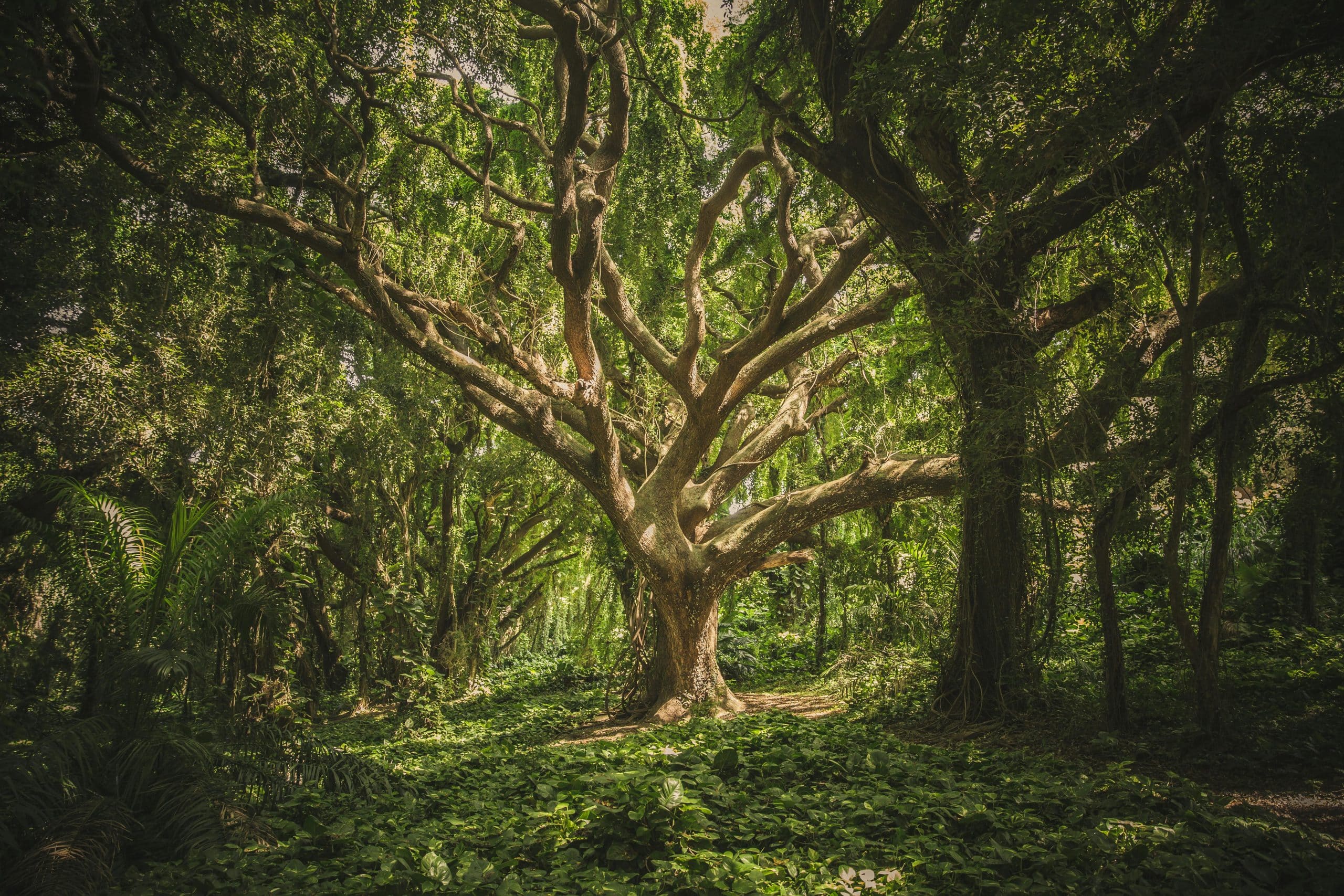
Creating a realistic forest environment in a video game requires a blend of art, science, and technology. The best techniques for achieving this balance are constantly evolving, driven by advancements in game development tools and the creativity of environment artists. This article will explore the methods and strategies that environment artists and game designers use to create realistic foliage in forest exploration games, focusing on level design, environment art, and procedural foliage.
Realistic foliage plays a pivotal role in immersing players in a game world. It’s not just about placing trees and plants; it's about creating an environment that feels alive and believable. The right foliage can transform a scene, making it more engaging and enhancing the overall player experience.
A voir aussi : What are the challenges of implementing voice synthesis for in-game characters?
When designing a forest environment, you need to consider how the foliage interacts with the player. How do the trees sway in the wind? What happens when a player moves through a bush? These small details can significantly impact the immersion level. Utilizing modern game engines like Unreal Engine can make this process more intuitive and allow for more dynamic environments.
The balance between art and technology is crucial. The concept art phase is where the game’s visual style is established, which is then translated into 3D assets that populate the environment. Using tools like Substance Designer for texturing and material creation can help achieve more realistic foliage. Procedural foliage generation can also save time and ensure consistency across the game’s levels.
Cela peut vous intéresser : What are the key considerations for creating realistic character animations in sports games?
Several techniques are used by environment artists to create realistic foliage in forest exploration games. These range from traditional hand-crafted methods to advanced procedural generation techniques.
Hand-crafted foliage involves the manual creation of each tree, bush, and plant. This method allows for a high degree of control over the visual appearance and placement of each asset. However, it can be time-consuming and may not be practical for large game environments.
Creating a detailed 3D model of a tree or plant is only the first step. Texturing is what brings the model to life. Using high-quality textures and normal maps can give foliage a realistic look. Tools like Substance Designer can be invaluable in this phase, allowing artists to create complex material properties and surface details.
Hand-placing foliage assets can ensure that each tree and plant looks natural in its environment. However, this process needs to be optimized to run smoothly within the game engine. LOD (Level of Detail) models can help reduce rendering load by displaying less detailed versions of assets when they are farther from the camera.
Procedural foliage generation uses algorithms to place trees, plants, and other vegetation automatically. This technique can save significant time and ensure a consistent look across large game environments.
Unreal Engine provides powerful tools for procedural foliage generation. Artists can define rules and parameters for foliage placement, such as density, size variation, and distribution patterns. This not only speeds up the creation process but also allows for easy adjustments later on.
One of the primary benefits of procedural generation is its ability to create vast, detailed environments without the need for manual placement of each asset. This method also ensures that foliage looks natural and varied, avoiding the repetitive look that can occur with hand-placed assets.
Once the foliage is in place, additional techniques can be used to enhance the overall realism of the environment. Post-processing effects and scripted events can add dynamic elements that make the forest feel alive.
Post-processing effects can enhance the visual quality of a game scene. Effects like ambient occlusion, depth of field, and color grading can make foliage appear more vibrant and realistic. These effects should be used judiciously to avoid overloading the player’s senses and to maintain performance.
Scripted events can add interactivity to the environment. For example, a player might trigger a flock of birds to take flight when they walk through a clearing, or a tree might fall during a storm. These events can make the forest feel more dynamic and responsive to the player’s actions.
Using real-life references and concept art is essential in creating believable foliage. Observing nature and studying how different types of vegetation grow and interact with their environment can provide valuable insights for game designers.
Going out into nature and taking photographs, or studying online resources, can give artists a better understanding of the shapes, colors, and textures found in real forests. This knowledge can then be applied to the creation of game assets.
Concept art serves as a blueprint for the game’s visual style. It can help establish the overall look and feel of the forest environment. Detailed concept art can guide the creation of 3D models and textures, ensuring that the final assets match the artistic vision.
Creating realistic foliage in forest exploration games is a complex but rewarding task. By blending traditional art techniques with modern technology, environment artists can create immersive and believable game worlds. Utilizing tools like Unreal Engine and Substance Designer, and employing techniques such as hand-crafted foliage and procedural generation, can enhance the realism and appeal of a game’s environment.
In the end, the key to creating realistic foliage lies in the attention to detail and the ability to observe and replicate the nuances of nature. From the swaying of trees in the wind to the intricate textures of leaves and bark, every element contributes to the overall experience. By mastering these techniques, game developers can create forest environments that captivate and engage players, transporting them to a world where nature comes to life.
So, whether you are creating a serene forest exploration game or a thrilling horror game set in a haunted wood, remember that the foliage is more than just a backdrop—it's a living, breathing part of the game world that can enhance the player experience in profound ways.